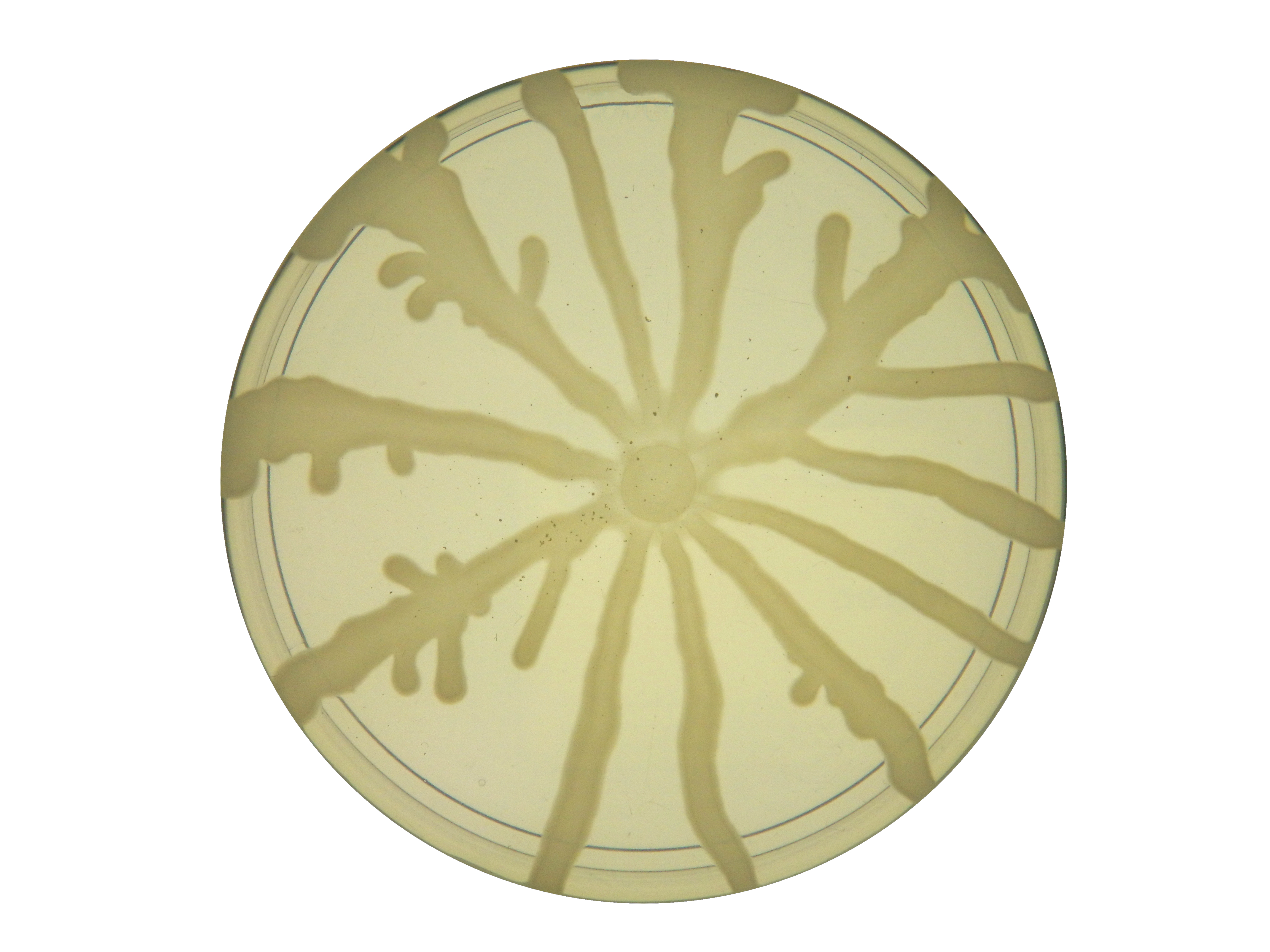Swarming Motility on:
[Wikipedia]
[Google]
[Amazon]

 Swarming motility is a rapid (2–10 μm/s) and coordinated translocation of a bacterial population across solid or semi-solid surfaces, and is an example of bacterial multicellularity and
Swarming motility is a rapid (2–10 μm/s) and coordinated translocation of a bacterial population across solid or semi-solid surfaces, and is an example of bacterial multicellularity and

swarm behaviour
Swarm behaviour, or swarming, is a collective behaviour exhibited by entities, particularly animals, of similar size which aggregate together, perhaps milling about the same spot or perhaps moving ''en masse'' or migrating in some direction. ...
. Swarming motility was first reported by Jorgen Henrichsen and has been mostly studied in genus '' Serratia'', ''Salmonella
''Salmonella'' is a genus of rod-shaped (bacillus) Gram-negative bacteria of the family Enterobacteriaceae. The two species of ''Salmonella'' are ''Salmonella enterica'' and ''Salmonella bongori''. ''S. enterica'' is the type species and is fur ...
'', ''Aeromonas
''Aeromonas'' is a genus of Gram-negative, facultative anaerobic, rod-shaped bacteria that morphologically resemble members of the family Enterobacteriaceae. Most of the 14 described species have been associated with human diseases. The most imp ...
'', '' Bacillus'', '' Yersinia'', '' Pseudomonas'', '' Proteus'', '' Vibrio'' and '' Escherichia''.
This multicellular behavior has been mostly observed in controlled laboratory conditions and relies on two critical elements: 1) the nutrient composition and 2) viscosity of culture medium (i.e. % agar). One particular feature of this type of motility is the formation of dendritic fractal-like patterns formed by migrating swarms moving away from an initial location. Although the majority of species can produce tendrils when swarming, some species like '' Proteus mirabilis'' do form concentric circles motif instead of dendritic patterns.
Biosurfactant, quorum sensing and swarming
In some species, swarming motility requires the self-production of biosurfactant to occur. Biosurfactant synthesis is usually under the control of an intercellular communication system called quorum sensing. Biosurfactant molecules are thought to act by lowering surface tension, thus permitting bacteria to move across a surface.Cellular differentiation
Swarming bacteria undergo morphological differentiation that distinguish them from their planktonic state. Cells localized at migration front are typically hyperelongated, hyperflagellated and grouped in multicellular raft structures.Ecological significance
The fundamental role of swarming motility remains unknown. However, it has been observed that active swarming bacteria of '' Salmonella typhimurium'' shows an elevated resistance to certain antibiotics compared to undifferentiated cells.See also
* Bacterial motilityReferences
{{collective animal behaviour Bacteriology